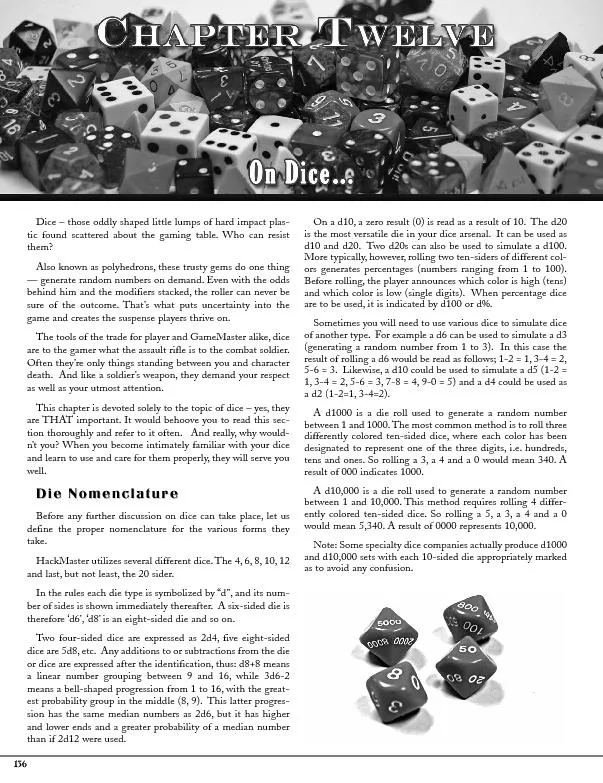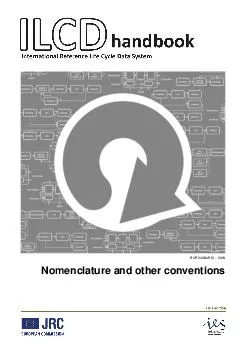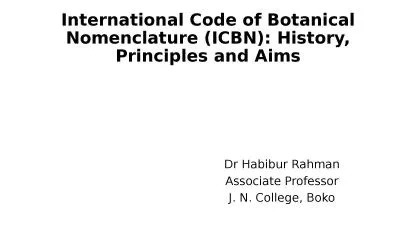PDF-Die nomenclature
Author : test | Published Date : 2017-04-10
The Confidence RollSome gamers find that having an attitude when rolling the dice works best forthem The Confidence Roll is just that
Presentation Embed Code
Download Presentation
Download Presentation The PPT/PDF document "Die nomenclature" is the property of its rightful owner. Permission is granted to download and print the materials on this website for personal, non-commercial use only, and to display it on your personal computer provided you do not modify the materials and that you retain all copyright notices contained in the materials. By downloading content from our website, you accept the terms of this agreement.
Die nomenclature: Transcript
Download Rules Of Document
"Die nomenclature"The content belongs to its owner. You may download and print it for personal use, without modification, and keep all copyright notices. By downloading, you agree to these terms.
Related Documents











![“ Daarop lei [God] [Abraham] uit na buite met die woorde: ‘Kyk nou op na die hemel](https://thumbs.docslides.com/788189/daarop-lei-god-abraham-uit-na-buite-met-die-woorde-kyk-nou-op-na-die-hemel-en-tel-die-s.jpg)


